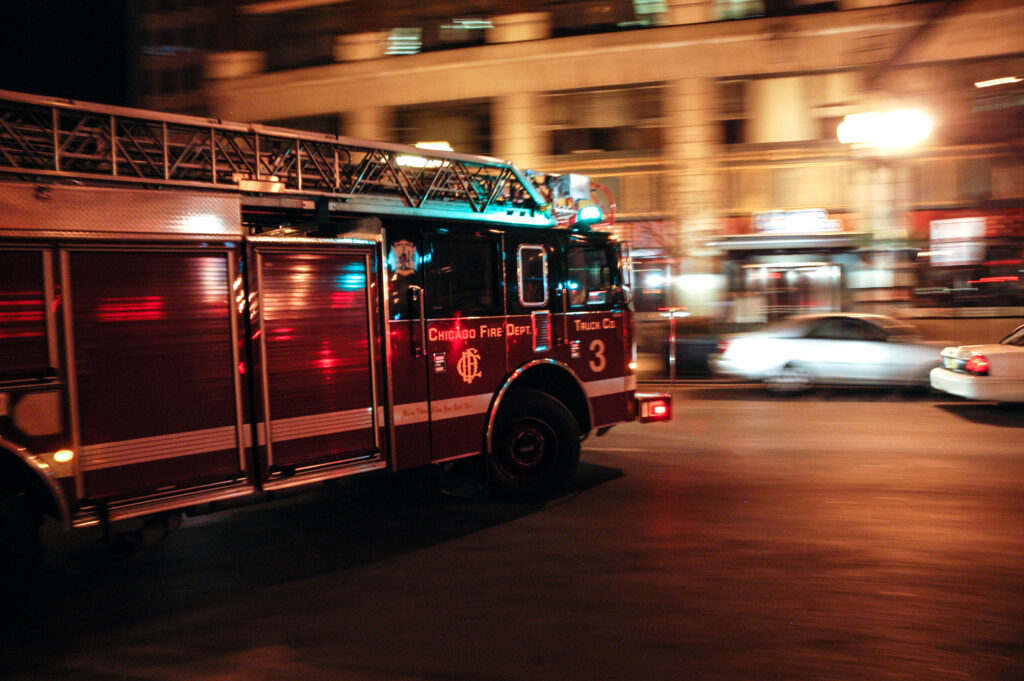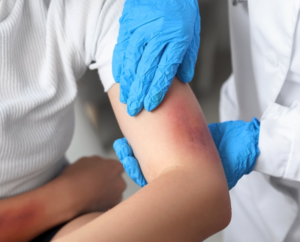Criminal Justice Reform
We’re advancing long overdue reforms to reduce the harms of America’s broken criminal justice system.
In cities across America, communities face high rates of gun violence and significant harm caused by the criminal justice system, which disproportionately impacts people of color. For too long, the public sector has failed to address these overlapping and systemic crises, partly because policymakers view them as a trade-off. But to truly increase public safety, society must find solutions that advance justice and reduce gun violence simultaneously.
That’s why we’re working with public sector agencies to reform our criminal justice system by designing pretrial risk assessment tools, studying the effects of cash bail, and promoting treatment instead of incarceration for individuals arrested on non-violent substance use charges.
Our evaluation of the Narcotics Arrest Diversion Program found participants were 44% less likely to be re-arrested for drug possession and violent crime charges.
We worked with Luminosity and the NYC Criminal Justice Agency to design and implement New York City’s pre-trial risk assessment tool, helping low-risk defendants avoid jail time while they await trial and helping judges avoid releasing high-risk defendants.
Illinois Department of Corrections’ (IDOC) Facilities Mapping Project
To improve access to college education opportunities in prison, the Crime Lab partnered with the Illinois Department of Corrections (IDOC) to produce interactive statewide maps to connect facilities with nearby postsecondary education providers.

New Jersey Portfolio
The Crime Lab is partnering with the New Jersey Administrative Office of the Courts (AOC) to help strengthen reforms to the state’s criminal justice system introduced in 2017, including eliminating cash bail and introducing a risk assessment tool to aid in pretrial release decisions.

Chicago Fire Department Technical Assistance
Crime Lab data analysts were embedded in the Emergency Medical Services (EMS) division of the Chicago Fire Department (CFD) to generate data dashboards and visualizations using data from patient care reports.

Targeted Interventions for High-Risk Domestic Violence Victims
The Crime Lab is studying targeted approaches to identify high-risk domestic violence victims, conduct outreach, and provide resources to lower the risk of experiencing future harm.


Agent-Based Model of Combined Community- and Jail-Based Take-Home Naloxone Distribution
This paper outlines the impact and cost-effectiveness of naloxone distribution, particularly for people facing criminal justice involvement.

Empirical Analysis of Prediction Mistakes in New York City Pretrial Data

Policing Substance Use: Chicago’s Treatment Program for Narcotics Arrests – Working Paper
This working paper sheds light on the effectiveness of diversion programs by showcasing Chicago’s drug diversion program success in reducing drug-related arrests.

Brookings Institution Commentary: Making the invisible epidemic visible
Using new data from a large urban trauma center in Chicago, we document substantial under-reporting of domestic violence at the time of receiving medical care.
Latest Updates
Webinar Recording: Validating CJA’s Updated Release Assessment
Crime Lab Senior Research Director Greg Stoddard provided remarks at a New York City Criminal Justice Agency (CJA) webinar on the latest validation study of CJA’s release assessment tool. The release assessment, developed in partnership with the Crime Lab, is an interview used by trained staff members to estimate whether someone will return to court if released pretrial.

Curbing gun violence in Chicago doesn’t require that we first end poverty
Crime Lab leaders Katie Hill and Jens Ludwig penned an op-ed in the Chicago Tribune highlighting the root causes of gun violence and the growing body of research showing that increased neighborhood vibrancy generates surprisingly large changes in the prevalence of gun violence, by as much as 30%.

A fighting chance
In The University of Chicago Magazine’s Fall ’25 issue, Susie Allen profiles Crime Lab Pritzker Director Jens Ludwig to discuss his book, “Unforgiving Places,” which challenges conventional wisdom on gun violence and suggests new approaches to solving the problem.

